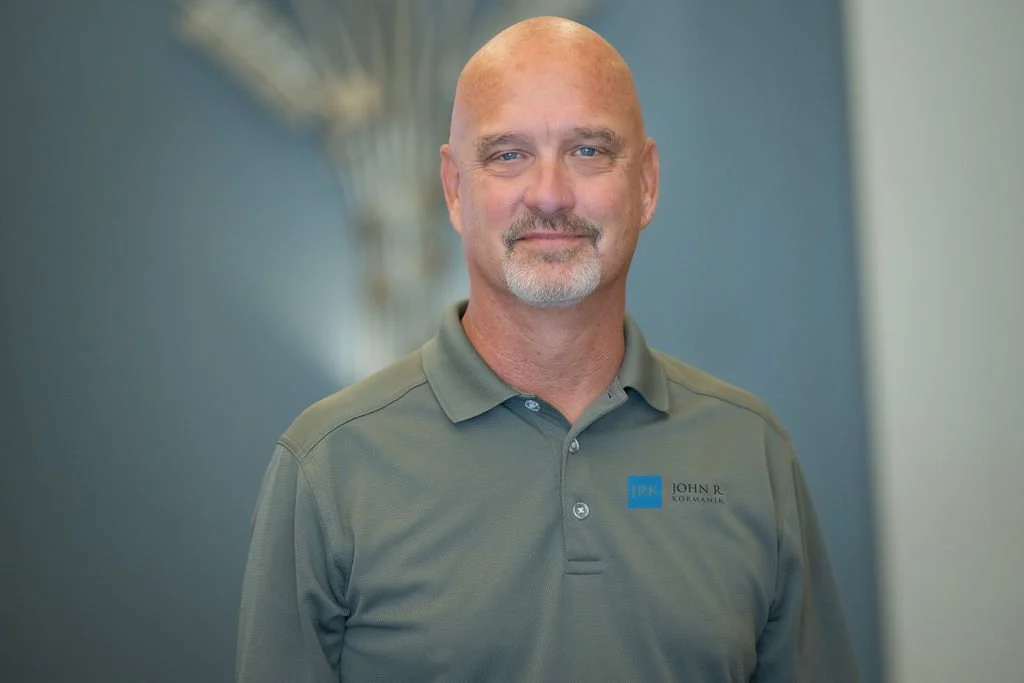When “Bob” and I first teamed up, he was stuck in a cycle so many law former solos find themselves in—buried in casework, making all the key decisions, and unable to step back without things grinding to a halt. He knew he needed a stronger team, but hiring felt risky. What if he picked the wrong person? What if delegation led to mistakes? As a law firm owner, Bob understood reputation is everything.
Here are the steps “Bob” took to get out of the solo-practitioner bottleneck to setting the vision, creating the right culture, and building a team that could operate at a high level…

